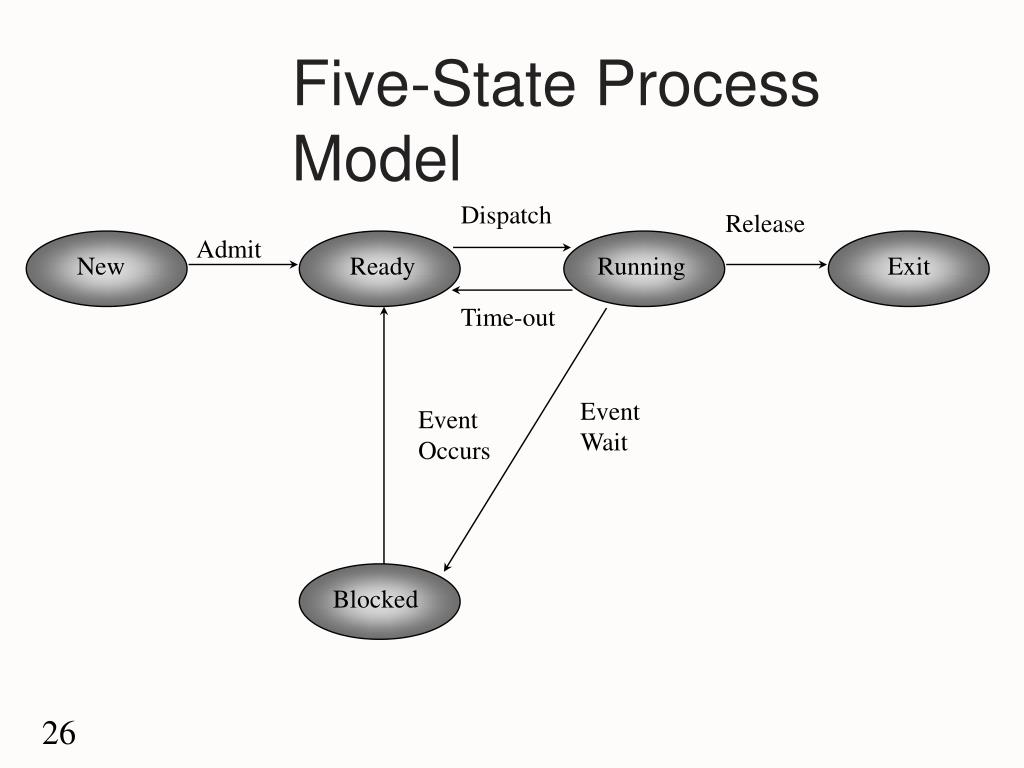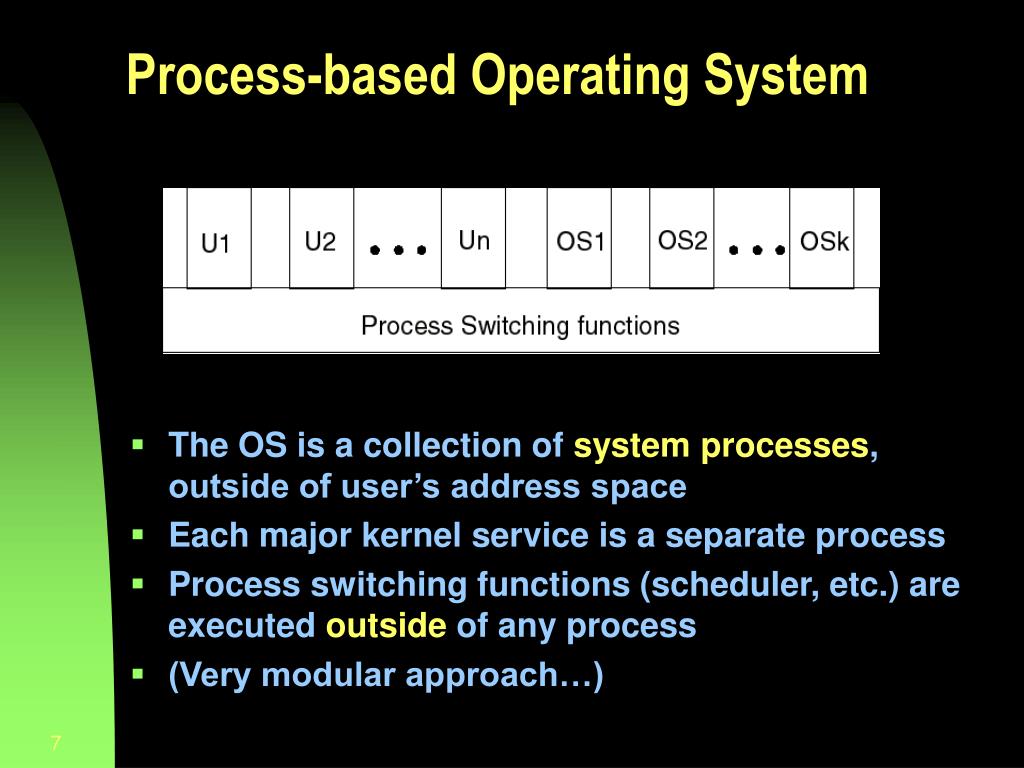

In Kubernetes, a SIGTERM command is always sent before SIGKILL, to give containers a chance to shut down gracefully.įor a deeper dive on SIGTERM click here. Because it can result in data loss or corruption, it should only be used if there is no other option. This is the strongest way to kill a process and can have unintended consequences because it is unknown if the process has completed its cleanup operations. If the SIGKILL signal fails to terminate a process and its threads, this indicates an operating system malfunction.

The process is killed, and if it is running threads, those are killed as well. SIGKILL instructs the process to terminate immediately. When an operating system sends a signal to a target process, it waits for atomic instructions to complete, and then interrupts the execution of the process, and handles the signal. It is a type of Inter Process Communication (IPC). It is used by Linux operators, and also by container orchestrators like Kubernetes, when they need to shut down a container or pod on a Unix-based operating system.Ī signal is a standardized message sent to a running program that triggers a specific action (such as terminating or handling an error). SIGKILL is a type of communication, known as a signal, used in Unix or Unix-like operating systems like Linux to immediately terminate a process.

Kubernetes Lens Kubernetes management tools: Lens vs.Kubernetes Architecture Exploring the building blocks of Kubernetes.Kubernetes Troubleshooting Expert tips for debugging Kubernetes.

Kubernetes Kubernetes 101: A comprehensive guide.


 0 kommentar(er)
0 kommentar(er)
